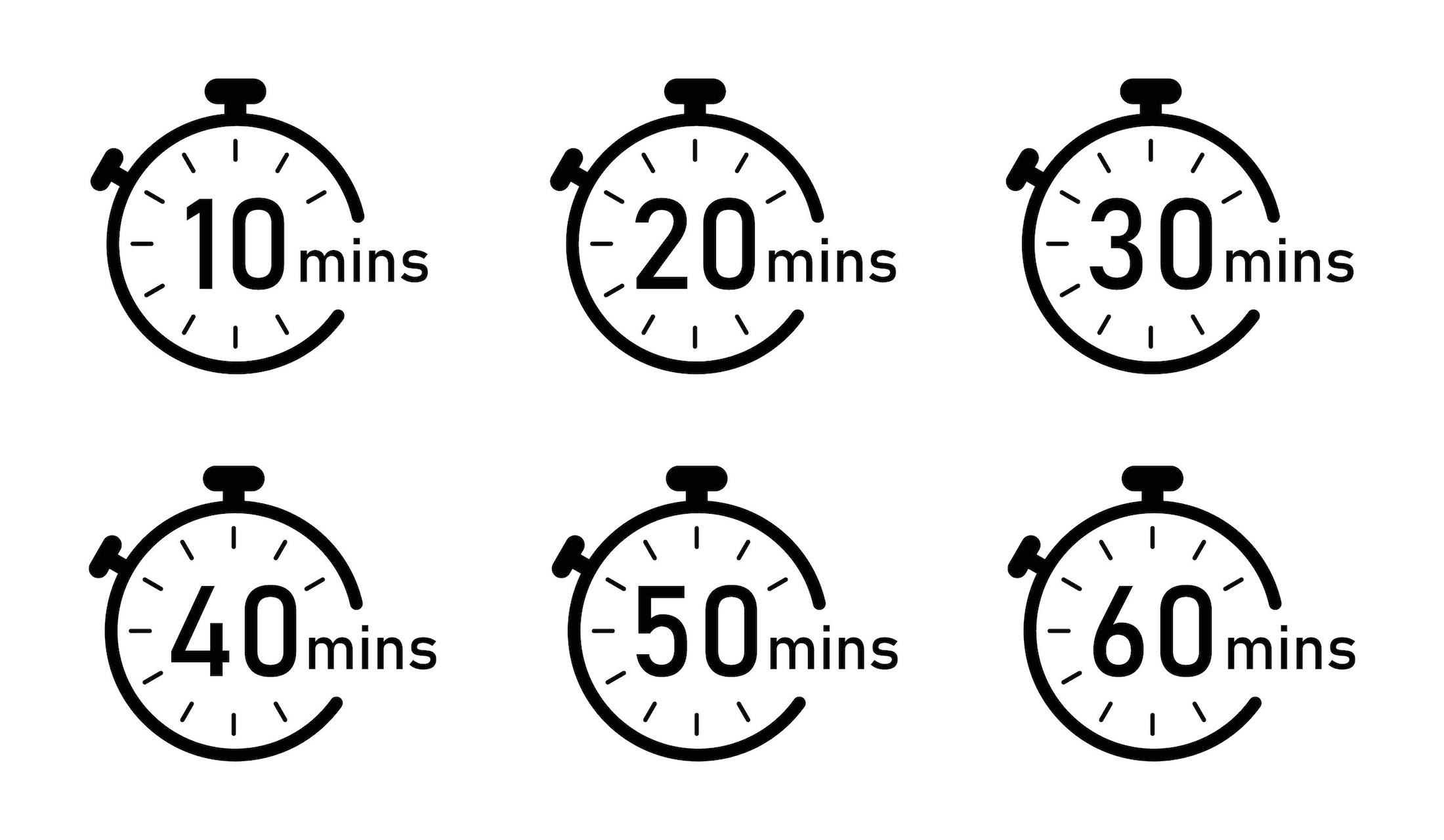How not saying anything, even for a second, can allow you to have more control and influence (and banish the umm-ing and err-ing).
How quickly do we speak? The answer depends on a few things, including what language is native to us, what we’re speaking about, and even what accent we have. But in the normal flow of conversation, the average American speaking English delivers around 150 words every minute, according to the US National Center for Voice and Speech.
That being said, if we give a speech, or even an answer in an interview, how fast should it be? The answer is: slower, please! Not everyone is able to listen to, and digest, every idea they hear at that pace. In fact, almost no one will complain about slower delivery.
Hence the pause. The pause is your friend when it comes to performance. It’s also the audience’s friend, and it’s the friend of our memory too, giving the brain an extra sliver of time to continue more steadily on the right narrative path.
How can we proactively and purposely deploy a pause when we speak? The answer is that it takes practice, but once speakers themselves hear the difference, they quickly understand its power. Listening to other speakers is a good place to start. The average word-per-minute counts of the State of the Union Addresses delivered by former US presidents Bill Clinton and Barack Obama were under 100 words per minute—that’s 30% less than “conversation speed” overall. But that doesn’t mean they just slowed everything down by a third, compared with what we normally hear in conversational language. They paused.
Make time for rhythm
In Barack Obama’s 2015 State of the Union Address, he talks about the story of one young couple. There is a build-up of ideas with, critically, time for the audience to listen and digest, followed by a summary. It is a mix of the declamatory (“they sacrificed for one another… slowly it paid off… they bought their first home”) delivering clear ideas simply, with plenty of oxygen around them (at least 1-second pauses). This is followed by a more discursive summary (“you are the people I was thinking of six years ago today, in the worst months of this crisis, when I stood on these steps of this capital and promised we could rebuild our economy on this foundation…”) using much more descriptive language. The summary is about 10 seconds in all.
Slow, slow, quick. It’s a rhythm we are used to hearing in a specific circumstance, which is that of storytelling. Immerse yourself in an audiobook, focus on how lines are delivered when watching a play, or listen carefully when a colleague recounts an anecdote. These are the settings in which we as audiences are most engaged: it’s no accident that language is delivered using pauses as well as variation in delivery speed.
What Obama — and other effective speakers — manage is to come across as comfortable and confident because they are gating the flow of information. They build tension, add gravitas, convey an impression of being in control. Consider the opposite: rapid fire, complex sentences that leave no time for either the audience or the speaker to catch their breath.
Enjoy the silence
A pause also creates a suspension of the normal aural flow we anticipate. When someone stands up to speak, we expect them to speak. Doing the opposite—not speaking—creates an exception. Imagine this: someone gets up at a conference and starts their address, while an audience member is torn between listening and shooting off a quick email on their phone. Hearing the predictable rise-and-fall rhythms from the speaker, they start to type… and then it goes silent. The aural signals have stopped. At this point, deep survival mechanisms will dictate they return their attention to their immediate environment. The person onstage has secured their attention by not saying anything at all.
That could involve a long pause. And speakers we work with are often worried that long pauses seem like a high-risk strategy. Yet, even when encouraged to take as long as they want to, speakers almost never pause for too long.
There’s one final idea to keep in mind, and that’s what happens when people feel a need to fill the dead air of a pause. Most people substitute verbal proxies for a pause. We all, at some point, resort to a version of y’know, kinda, basically, like, and of course umm, err, and ahhh. This is why embracing the pause is a friend for your delivery style—pausing consciously helps us remove those signs that we’re not truly comfortable, or confident.
To conclude, we suggest that trying out the technique is the best way to see how it works. Using a speech or address you are due to deliver (or have just delivered), perform a quick edit. Eliminate the “ands” and “howevers.” In fact, do away with most parenthetical commas and subordinate clauses. Shorten sentences. Even just use phrases. Then let the punctuation do its job. A full stop? Pause. A comma, a slight gap between phrases. A dash—a half-pause. Record your piece using these pause triggers. Play back your recording and see how it sounds—you will almost certainly hear a speaker who sounds more in control of their content, making them much easier to listen to and engage with.





